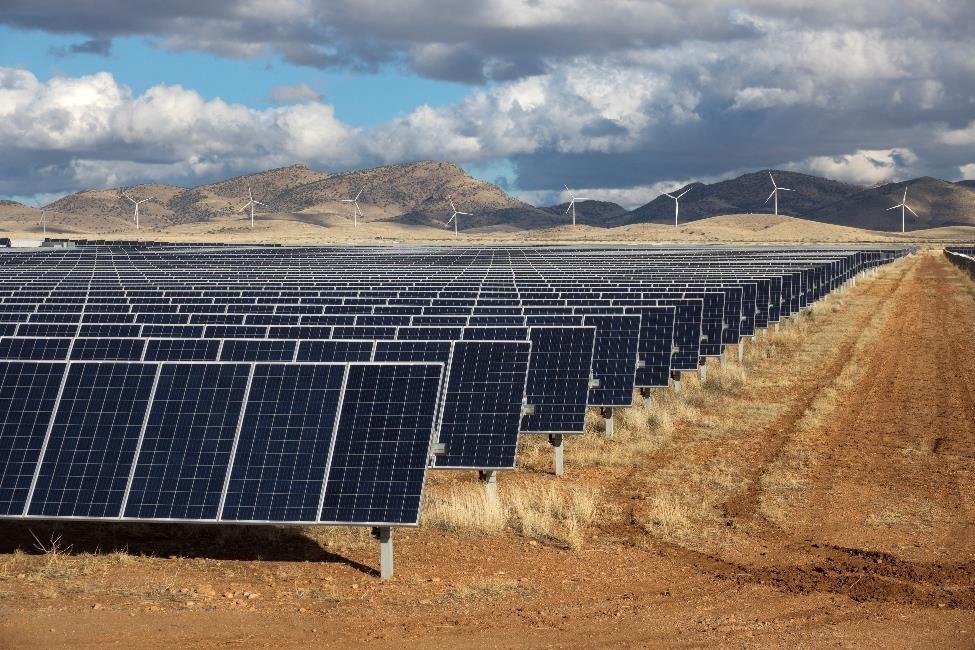Egypt is set to develop 60,000 MW clean energy. The New and Renewable Energy Authority (NREA) confirmed the report and announced they have mobilised land for the deployment of the renewable energy.
The 5,200 km2 of land mobilised is part of the government’s bid to accelerate the development of its renewable energy policy. These plots of land can be used by state-owned companies and independent power producers (IPPs). The land is located in several regions of the land of the pharaohs. In the Zafarana region on the Red Sea, NREA has 6.5 km2 of land, including eight plots for projects in operation and one plot for a project under construction. One remaining plot is available for any other project.
READ;3 solar projects with storage to be set up in South Africa
Clean energy
Zafarana is favorable for wind energy production. The region was home to a 30 MW wind farm that closed in 2021 after 20 years of operation. The region is also the focus of a solar project currently under construction by the German company Belectric. In the Gulf of Suez, where several wind farms are already operational or under construction, 80 km2 have also been mobilised.
These include eight plots for projects under development, five for projects in operation, and one plot available for the implementation of various projects. The East and West Nile regions concentrate the largest share of available land for renewable energy production. In the East, NREA has 1,923 km², while the land to the west of the Nile is approximately 1,626 km².
Located in the Aswan region, the town of Benban is already home to a 1,650 MWp solar complex that occupies 32 plots of land. However, NREA is planning seven additional plots of land to be used for the development of other solar projects. In the same governorate, seven other plots are available, three of which are dedicated to projects under development. According to the government agency, 3,570 MW of clean energy will be operational by the end of the third quarter of 2022, with a foreign direct investment of 3.5 billion dollars.
The increase in installed renewable energy capacity bodes well for the green hydrogen and hydrogen derivatives projects that are being developed in the Suez Canal Economic Zone. They are being driven by large foreign groups that will invest US $10bn by 2030.

